Sheriff’s Deputy Fired Over Jan. 6 Secures Nearly $400,000 In Settlement
Authored by Zachary Stieber via The Epoch Times (emphasis ours),
 Roxanne Mathai in a file photograph. (Courtesy of Roxanne Mathai)
Roxanne Mathai in a file photograph. (Courtesy of Roxanne Mathai)
A sheriff’s deputy fired for protesting in Washington on Jan. 6, 2021, has secured a large settlement from Bexar County in Texas.
Roxanne Mathai, a lieutenant with the Bexar County Sheriff’s Office (BCSO) at the time she traveled to Washington, will receive $395,000 in a settlement reached after she sued her former employer, the parties in the case told The Epoch Times.
“We’re very pleased with the resolution,” Mark Anthony Sanchez, an attorney representing Ms. Mathai, told The Epoch Times. He said the settlement was “nothing short of vindication for Roxanne.”
“I am grateful for the unwavering support of my attorney ... and the countless individuals who stood by me throughout this challenging ordeal,” Ms. Mathai said in a statement. “This settlement not only provides closure for me personally but also sends a powerful message that wrongful termination will not be tolerated.”
Monica Ramos, a spokeswoman for Bexar County, told The Epoch Times in an email that the county’s insurer decided to settle.
“Bexar County continues to deny that any acts of discrimination or retaliation occurred,” Ms. Ramos said. “Nothing about the insurer’s decision to settle both claims can be construed as an admission of any wrongdoing or liability by Bexar County, which is expressly denied.”
Ms. Mathai posted images and videos on Jan. 6, 2021, from a rally for then-President Donald Trump in Washington, held just before people began breaching the U.S. Capitol. Ms. Mathai went over to the building after the rally. She included captions in her posts, such as “Today has been amazing!”
Bexar County Sheriff Javier Salazar said a day later that he was aware of the materials and that he intended to make sure Ms. Mathai never entered a sheriff’s office building again.
He said that Ms. Mathai was allowed to exercise her First Amendment rights but should have left once crimes began being committed.
There is no indication Ms. Mathai entered the Capitol and she has not been charged. She has said she left around 3 p.m., that she could not see any doors or windows from her position, and that she saw people climbing the walls at the Capitol but didn’t think that was illegal.
The sheriff’s office discharged Ms. Mathai in June 2021 after officials determined she failed to report crimes and engaged in conduct unbecoming of an officer, according to documents reviewed by The Epoch Times.
An arbitrator upheld the termination, finding in part that while near the Capitol she “knew or should have known she was observing illegal activity (trespass, barricades down, people climbing walls and scaffolding); that tear gas in the area and later a curfew were signs of trouble; that her social media would disseminate her pictures, video and comments to the public; and, that as an officer with the Bexar County Sheriff’s Office the last place she should be or remain or come back to was the scene of this so-called ‘rally.’”
Ms. Mathai sued in 2022, alleging violations of her constitutional rights. She noted she had received permission from a superior to attend the pro-Trump rally and described herself as a “law-abiding citizen” who wanted to attend a peaceful event in support of the president.
Ms. Mathai said she recorded video footage and photographs because she believed she “was a witness to history” and wanted to “create a record for posterity,” according to the lawsuit.
“Ms. Mathai proudly and unapologetically voiced and displayed her lawful and constitutionally protected support of President Trump in person and through social media,” it stated.
The suit said Ms. Mathai was “shocked and appalled” when she returned to her hotel room on Jan. 6 and watched what was unfolding at the Capitol.
Bexar County is in southern Texas and includes San Antonio.
An attempt in 2023 by Bexar County officials to have the case thrown out was rejected by U.S. District Judge Xavier Rodriguez, who was overseeing the case. He ruled that Ms. Mathai did not waive her rights to bring a federal claim.
The Bexar County Commissioners Court in April approved a $100,000 payment to an outside insurance carrier to allow the carrier to take over the defense in the case. That was the deductible required under the insurance policy, so the insurer is covering the remainder of the settlement, according to the county.
The parties entered a stipulation of dismissal in federal court and Judge Rodriguez dismissed it on Tuesday.
“The termination in this case was done within policy and was upheld by an arbitrator. The decision to issue a settlement was made outside the BCSO,” Mr. Salazar, the sheriff, told The Epoch Times in an email. “There was no wrongdoing on the part of the administration, and I stand by our actions.”
Tyler Durden Fri, 05/10/2024 - 19:05
 Anadolu via Getty Images
Anadolu via Getty Images



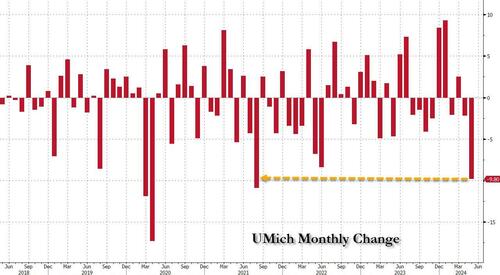
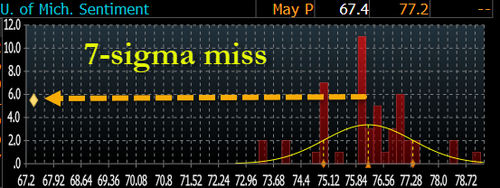



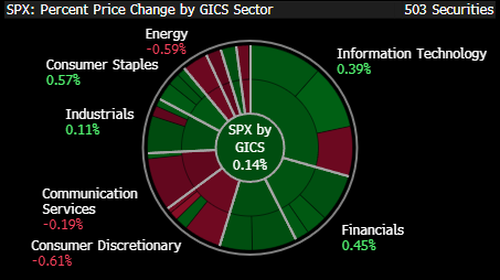
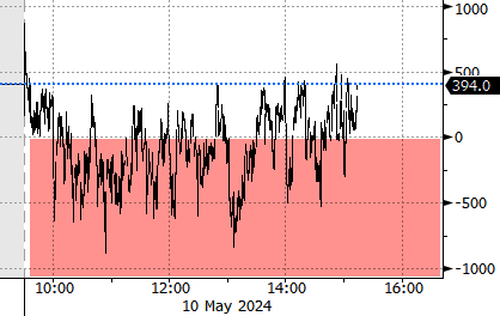
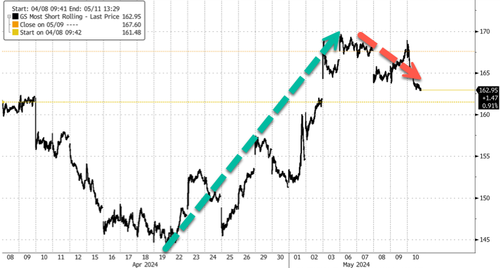
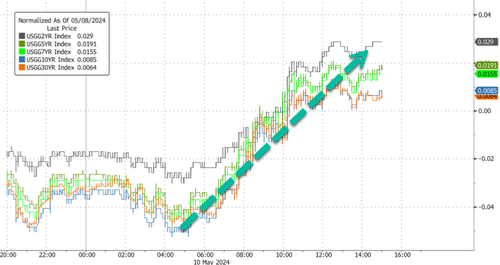

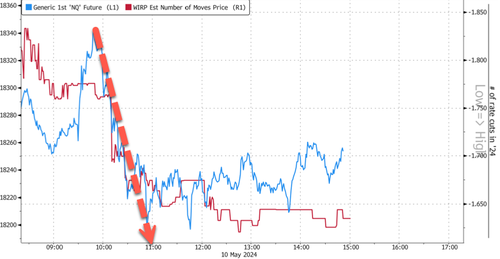
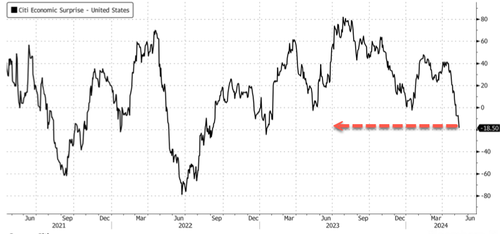




 Images show the ICE Secure Docket Card program. (Fox News)
Images show the ICE Secure Docket Card program. (Fox News) Images show the ICE Secure Docket Card program. (Fox News)
Images show the ICE Secure Docket Card program. (Fox News)
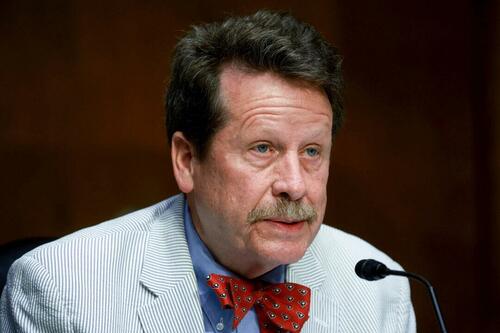 Food and Drug Administration Commissioner Dr. Robert Califf in Washington in a file image. (Joe Raedle/Getty Images)
Food and Drug Administration Commissioner Dr. Robert Califf in Washington in a file image. (Joe Raedle/Getty Images)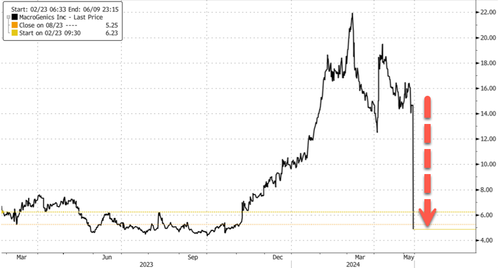
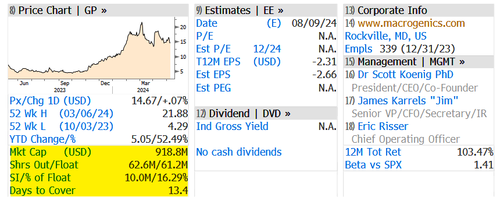
 Via Getty Images
Via Getty Images
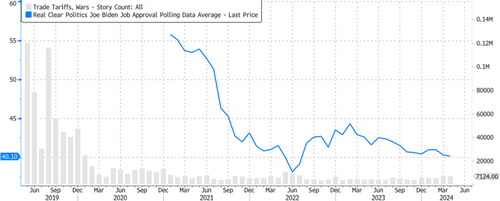
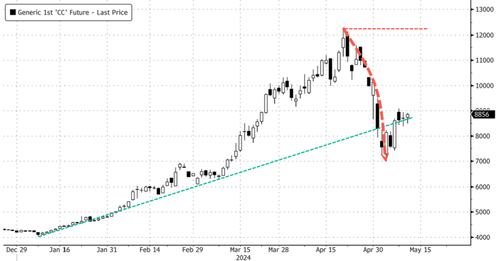
 (Illustration by The Epoch Times, Getty Images, Shutterstock)
(Illustration by The Epoch Times, Getty Images, Shutterstock)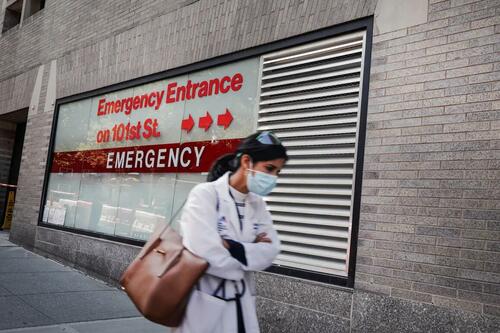 A person walks past an 'Emergency Entrance' sign at Mount Sinai Hospital in New York City on Sept. 22, 2020. (Spencer Platt/Getty Images)
A person walks past an 'Emergency Entrance' sign at Mount Sinai Hospital in New York City on Sept. 22, 2020. (Spencer Platt/Getty Images) A health care professional suits up to enter a room in the ICU at Van Wert County Hospital in Van Wert, Ohio, on Nov. 20, 2020. (Megan Jelinger/AFP via Getty Images)
A health care professional suits up to enter a room in the ICU at Van Wert County Hospital in Van Wert, Ohio, on Nov. 20, 2020. (Megan Jelinger/AFP via Getty Images)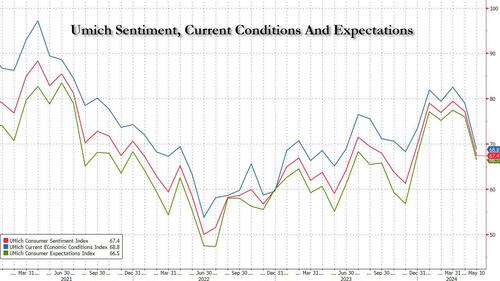
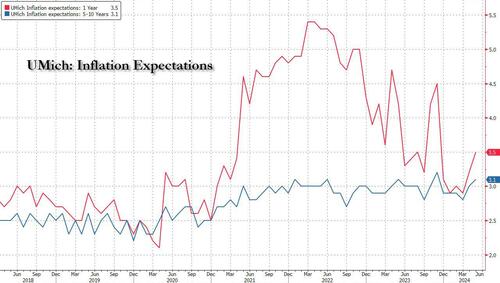






Recent comments